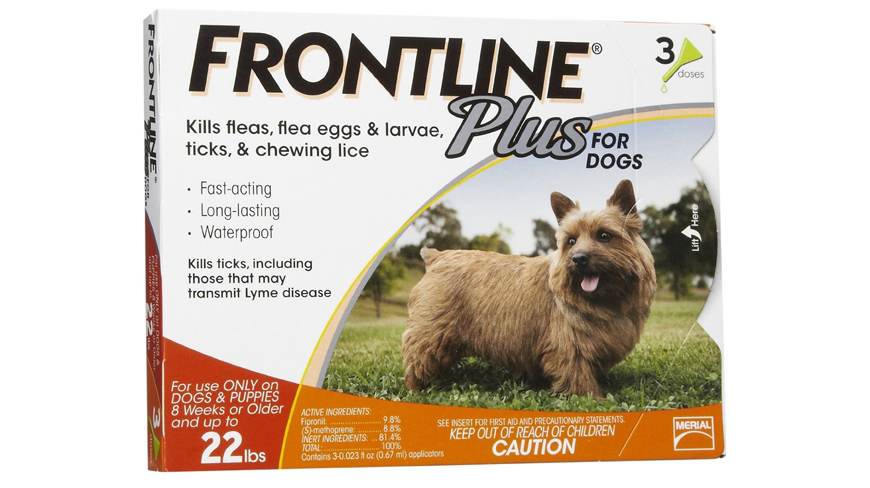

The tick kill time is important to note because of the diseases that can be spread if a tick remains attached and alive too long. Nexgard, Simparica, Credelio, Bravecto) also do not prevent tick attachment, but they have a relatively fast tick kill time. Oral preventatives containing isoxazoline (e.g. It will not kill ticks until after attachment for 24 hours. Frontline) do not repel or prevent tick attachment, which means you may still see ticks crawling on your pet. K9 Advantix II, Vectra 3D) will repel and prevent tick attachment. Many topical options containing permethrin (e.g.
Frontline side effect in dogs skin#
The monthly cost per dose will vary by product and may also be a factor to consider when choosing which product works best to match your budget.Ĭollars such as Seresto will repel fleas and ticks, and even prevent ticks from attaching, but they must be applied tightly enough to have skin contact. There are many different options for products. Aly Cohen shares more tips for managing fleas and ticks in this video. Both fleas and tick-borne diseases can be zoonotic (meaning they are able to spread infections to humans), so keeping them off pets is also important to maintaining the health of the humans living and interacting with them.ĭr. They come in a variety of easy-use dosages and forms.įleas commonly cause tapeworm infections and skin infections (flea allergy dermatitis), whereas common tick-borne diseases include anaplasmosis, Lyme disease, ehrlichiosis, Rocky Mountain spotted fever and more.


Preventatives are types of medication that can be safely and routinely given to deter fleas and ticks from biting your dog. What are flea and tick preventatives, and why are they important?įleas and ticks can carry and transmit diseases, which is why preventing infection is important. How do dogs get fleas and ticks? Learn more about fleas, their life cycle, diagnosis, treatment and preventionĭogs are infected by fleas after being in an environment where flea populations can flourish, such as outside in shaded leafy debris piles and underneath decks, as well as inside homes where they can live in carpet fibers and underneath furniture.ĭogs get ticks after being exposed to an area where ticks live, such as in tall grass or wooded areas, where ticks wait to attach to an animal.


 0 kommentar(er)
0 kommentar(er)
